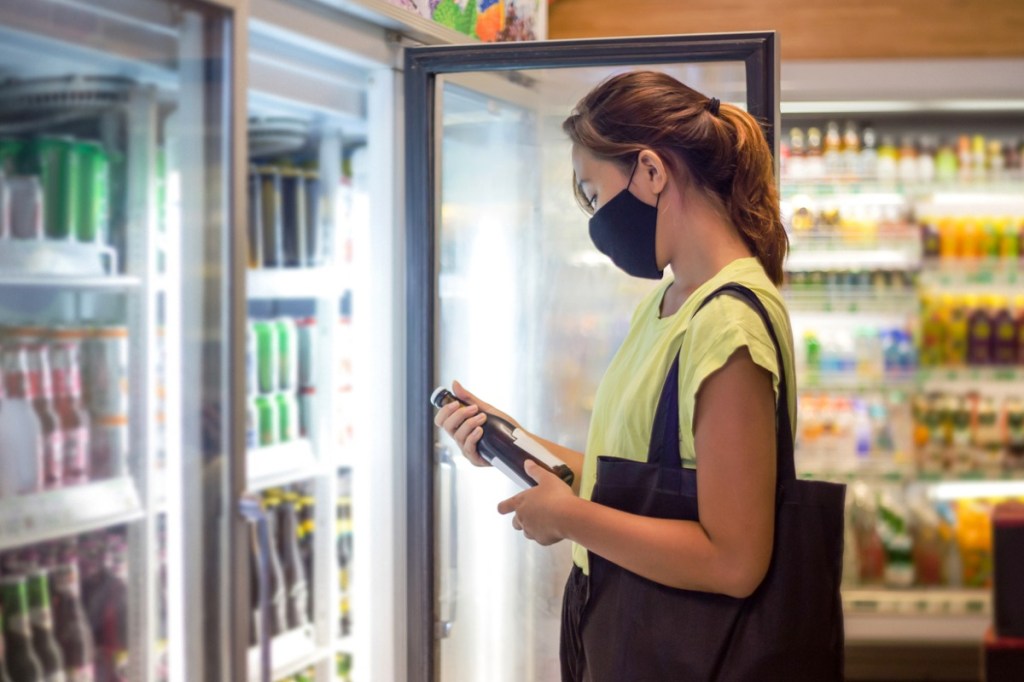Australian retail turnover fell 4.4 per cent in December 2021, seasonally adjusted, according to the Retail Trade figures released this week by the Australian Bureau of Statistics (ABS).
Five of six retail industries fell in December, led by household goods retailing (-9.2 per cent), clothing, footwear, and personal accessory retailing (-17.3 per cent), department stores (-21.3 per cent), other retailing (-4.0 per cent), and cafes, restaurants, and takeaway food services (-0.7 per cent). The falls in each of these industries follows rises in both October and November.
Food retailing, which includes convenience and supermarkets, was the only industry to rise through the month, up 2.2 per cent ($283.8m).
Ben James, Director of Quarterly Economy Wide Statistics, said the 4.4 per cent fall is the largest monthly fall since April 2020. However, retail sales remain elevated compared to pre pandemic levels, with December’s monthly turnover the second highest level in the series following last month’s record.
“Despite this month’s fall, retail turnover remains strong, up 4.8 per cent on December 2020, with strong consumer spending continuing post the Delta Outbreak,” James said. “Victoria recorded the largest fall of any state or territory, down 8.4 per cent, however this only partly unwinds the state’s strong rise in November when it rose to a record level. Victorian turnover is now at the third highest level ever, 6.5 per cent above December 2020.”
The Northern Territory was the only state or territory to see growth in December, up 3.6 per cent as lockdown restrictions eased and the introduction of lockouts allowed more favourable trading conditions for businesses. New South Wales had the second largest fall, down 4.2 per cent, followed by Western Australia (-3.5 per cent), South Australia (-4.1 per cent), and Queensland (-0.7 per cent).
Despite falls for most retail industries this month, spending on retail goods remains elevated compared to December 2020 for all retail industries except for Department stores, down 9.0 per cent. Softer trading conditions emerged late in the month with consumers becoming more cautious, holding back spending as Omicron cases rapidly rose around the country.
The December result follows consecutive rises of 7.3 per cent in November 2021, 4.9 per cent in October 2021, and 1.3 per cent in September 2021.

